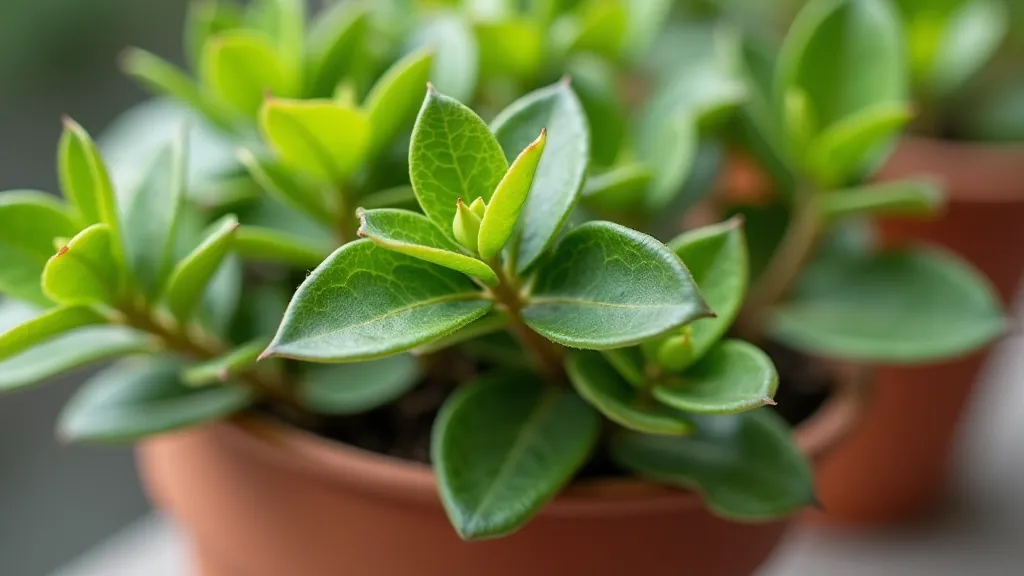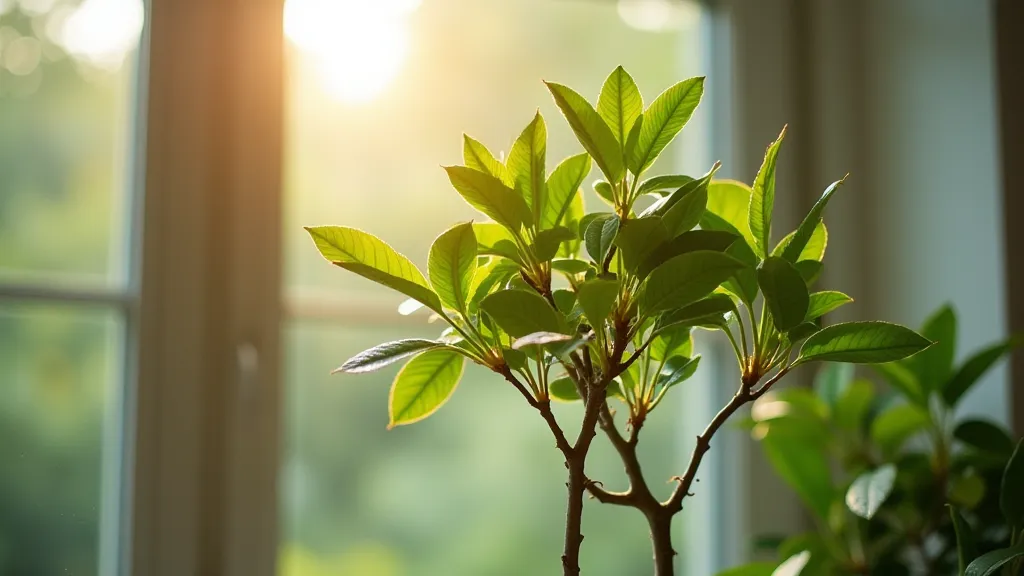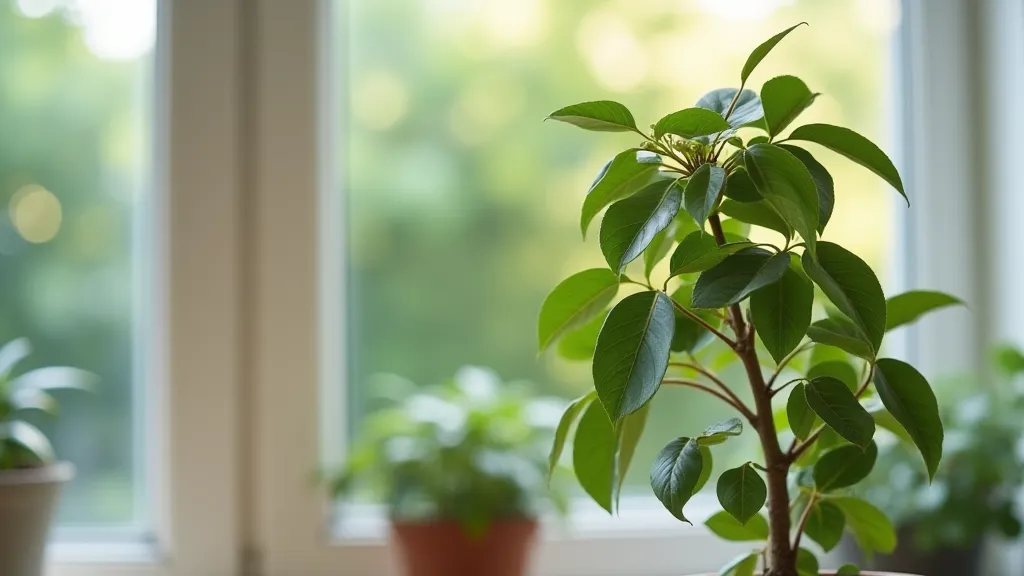Choosing the Right Citrus for Your Indoor Space - Size & Light
Bringing the joy of fresh citrus fruit into your home is a rewarding experience, especially when limited on space. Growing dwarf citrus trees indoors is entirely possible, but success hinges on choosing the right variety and ensuring it has the conditions it needs to thrive. This guide will help you match your dwarf citrus selection with your available space and light.
Understanding Dwarf Citrus Varieties & Size
The term "dwarf" can be misleading. While these varieties are significantly smaller than standard citrus trees, they still need space to grow and produce fruit. They are typically bred to remain compact, but growth habits vary. Here's a breakdown:
- True Dwarfs: These are the smallest, often grafted onto dwarfing rootstock. Examples include 'Australian Blue' and some kumquats. They generally reach 2-4 feet tall, making them ideal for very small apartments or window boxes.
- Semi-Dwarf: A more common category, these varieties typically reach 4-6 feet tall. They offer a good balance between manageable size and fruit production. Lemon varieties like 'Meyer' and some mandarin oranges fall into this category.
- 'Improved' Dwarfs: These are standard varieties that have been carefully budded onto dwarfing rootstock. They tend to grow slightly larger than the others but are still much smaller than a full sized citrus.

Before you buy, research the mature height and spread of the specific variety you're considering. Consider the root flare and how it will affect the overall size. Remember, proper care is vital for healthy growth, including consistent watering. Ensuring your tree receives the right amount of moisture is crucial, and this is often overlooked by novice growers. For a deeper dive into watering techniques and humidity management, check out Watering & Humidity: Keeping Your Citrus Happy & Hydrated. It’s a key element in keeping your dwarf citrus thriving.
Light Requirements: The Key to Fruiting
Citrus trees are sun-loving plants. Adequate light is absolutely critical, not just for growth, but for flowering and fruiting. Here's a breakdown of what different light conditions offer:
- Bright, Direct Sunlight (6+ hours): This is ideal. A south-facing window (in the Northern Hemisphere) is best. Consider using supplemental grow lights if you can’t provide this much natural light.
- Bright, Indirect Sunlight (4-6 hours): Acceptable, but fruit production may be limited. Rotate the tree regularly to ensure even growth. Supplemental lighting is highly recommended.
- Low Light (less than 4 hours): Difficult. The tree may survive, but it will likely be weak, leggy, and won't produce fruit. Consider a different location or a more light-tolerant houseplant.

Citrus are notoriously picky about their lighting needs. Insufficient light not only impacts fruiting, but also overall plant health. A weak plant is more susceptible to pests and diseases. And it's not just about the *amount* of light; the quality of light matters too. Sometimes, even with a seemingly bright window, the light spectrum isn't quite right for optimal citrus growth. Understanding these nuances can be challenging. Many growers find that the most difficult part of indoor citrus cultivation isn't watering or fertilizing—it’s ensuring adequate light. If you're struggling, you might consider experimenting with different locations within your home, or supplementing with grow lights. Thinking about these considerations is also important for pollination. While some citrus can self-pollinate, others require assistance – learn about Pollination Secrets for Indoor Citrus Trees for optimal fruit production.
Signs of Insufficient Light: Look for signs like pale leaves, slow growth, excessive leaf drop, and a lack of flowering. If your tree isn't getting enough light, it will struggle to thrive and won’t produce the delicious fruit you're hoping for.
Matching Variety to Light & Space
Here's a simple guide to help you choose based on your conditions:
- Small Space & Abundant Light: 'Australian Blue' Lemon, 'Nagami' Kumquat, 'Calamondin' Orange.
- Small Space & Moderate Light: 'Meyer' Lemon (with supplemental light), 'Kinnow' Mandarin (with supplemental light).
- Moderate Space & Abundant Light: 'Valencia' Orange, 'Satsuma' Mandarin.
- Moderate Space & Moderate Light: 'Trovita' Orange (with supplemental lighting), ‘Improved’ varieties.
Beyond light and size, proper nutrition is another critical factor in successful indoor citrus cultivation. Just like any plant, dwarf citrus need a consistent supply of nutrients to thrive. Over time, the nutrients in the soil become depleted, and without replenishment, your tree will suffer. The type of fertilizer you use, and the frequency with which you apply it, can significantly impact the health and productivity of your tree. Knowing how much fertilizer to use and when is essential. For a detailed guide on Fertilizing Dwarf Citrus Trees: A Complete Guide, you're sure to find answers to your feeding questions and avoid potential nutrient deficiencies.
Don’t be afraid to experiment, but understand the limitations of your space and the light available. Successfully growing citrus indoors takes planning and research, but the rewards—the fragrance of blossoms and the taste of homegrown fruit—are well worth the effort. Consider the aesthetics as well. Citrus trees can add a beautiful touch to any indoor space. Thinking about where you place your tree not only impacts its health, but can also enhance your living environment. Finding the right spot involves finding a balance between light, space, and visual appeal. For inspiration on Best Locations for Indoor Citrus: Maximizing Sunlight & Aesthetics, you'll find ideas for integrating citrus into your decor.

Further Considerations:
- Rootstock Compatibility: Always research the rootstock used for grafted varieties. Different rootstocks offer varying degrees of cold hardiness, disease resistance, and nutrient uptake efficiency.
- Pruning: Regular pruning is essential for maintaining the shape and size of your dwarf citrus tree. Pruning also encourages new growth and improves air circulation.
- Pest Control: Indoor citrus trees can be susceptible to pests such as aphids, spider mites, and scale. Inspect your tree regularly for signs of infestation and take action promptly.
- Repotting: As your dwarf citrus tree grows, it will eventually need to be repotted into a larger container. Repotting provides fresh soil and more space for the roots to grow.





